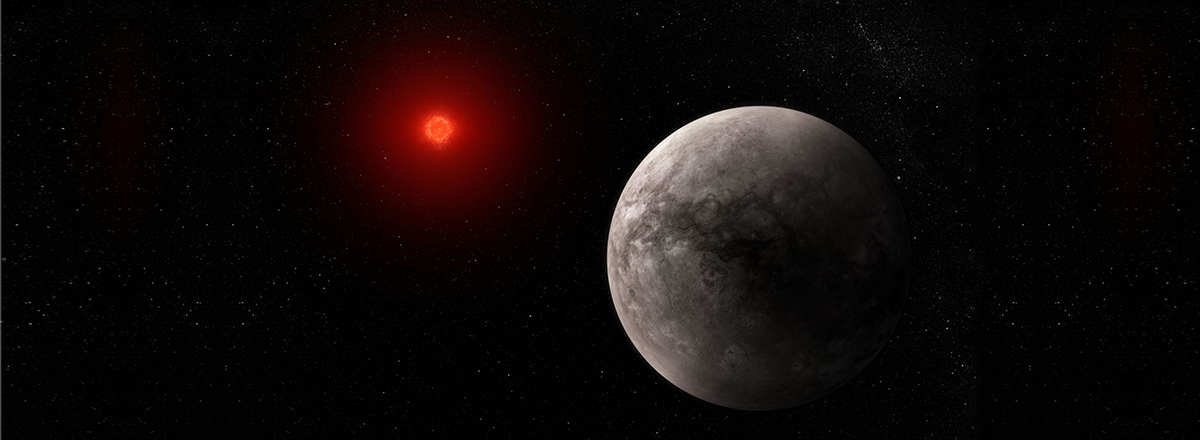Astronomers Determine Which Exoplanets Are Most Likely to Harbor Water
The findings suggest that all 28 examined exoplanets could potentially have global ice or water surfaces, even without atmospheres. Some may even qualify as ocean planets.

Currently, we know of approximately 60 rocky exoplanets that orbit within their star's habitable zones, making them prime candidates for hosting life-sustaining water. However, detecting water in their atmospheres remains a significant challenge.
To address this, a group of researchers has developed a modeling approach to assess the water content of these exoplanets. Habitability is often associated with the presence of surface water, but determining this directly is exceedingly difficult.
Not all exoplanet atmospheres can be studied using current technology, leaving scientists searching for alternative methods. One such approach involves examining what we know about these exoplanets, including tidal heating, radiogenic heating, and the possibility of oceans, both on the surface and beneath.
The team of scientists delved into the characteristics of rocky exoplanets within habitable zones. Their modeling work aimed to identify exoplanets that might host substantial surface or subsurface ocean layers.
Red dwarf stars, or M-dwarf stars, are a common location for finding rocky planets in habitable zones. However, these stars can produce intense flaring, potentially stripping away exoplanet atmospheres and surface water. Yet, some of these planets may still support life, even without atmospheres.
The study investigated the internal structures of 28 rocky exoplanets, modeling four distinct layers: an iron core, a rocky mantle, a high-pressure ice layer, and a surface ice/water layer. Heat generation mechanisms, including radiogenic heat from radioactive isotopes and tidal heating, were also considered.
The findings suggest that all 28 examined exoplanets could potentially have global ice or water surfaces, even without atmospheres. Some may even qualify as ocean planets.

